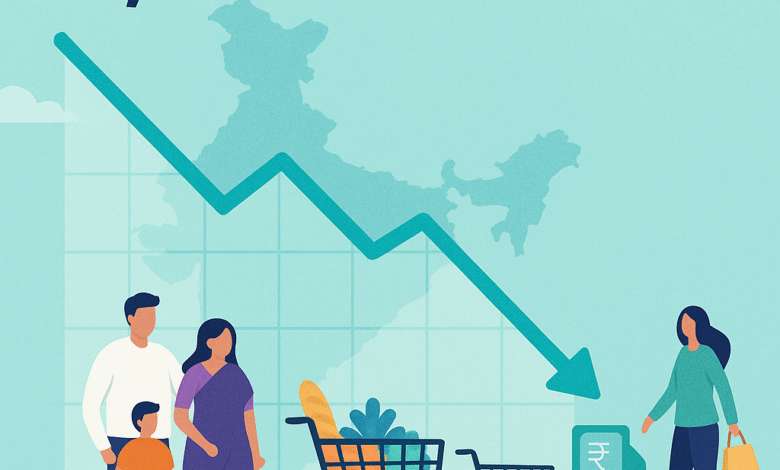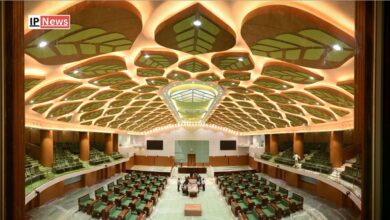
📍New Delhi | IP News
India’s Consumer Price Index (CPI) inflation dropped to 2.82% in May 2025, marking its lowest level in 18 months, according to the Ministry of Statistics and Programme Implementation. This decline offers relief to policymakers and households, providing the Reserve Bank of India (RBI) with greater flexibility to maintain a growth-oriented monetary policy amid global economic challenges.
Key Drivers of the Decline
The fall in inflation is attributed to several factors:
-
Food Inflation: A marginal rise in food prices was offset by strong harvests and effective buffer stock management, ensuring stable supply chains.
-
Fuel and Light Index: Despite global crude oil price fluctuations, domestic fuel and light prices remained steady, supported by government policies.
-
Core Inflation: Excluding volatile food and fuel components, core inflation stayed below 4%, reflecting underlying economic stability.
State-Wise Trends
-
Maharashtra, Madhya Pradesh, and Chhattisgarh reported the steepest declines in price indices, driven by localized economic factors.
-
Urban inflation fell faster than rural inflation, primarily due to lower fuel costs and stable housing prices in cities.
Economic Implications
“This cooling inflation supports the case for policy stability and strengthens the RBI’s pro-growth stance,” said Devika Mehra, Chief Economist at Equinox Markets. India’s resilience against global oil price shocks, bolstered by robust food reserves and steady tax revenues, has helped maintain economic stability. However, ongoing geopolitical tensions in the Middle East pose a potential risk to future inflation.
Looking Ahead
With inflation under control, the RBI may continue its accommodative monetary policy to support India’s projected 7.2% GDP growth for 2025-26. Policymakers will need to monitor global risks while ensuring equitable economic benefits reach all sections of society.




